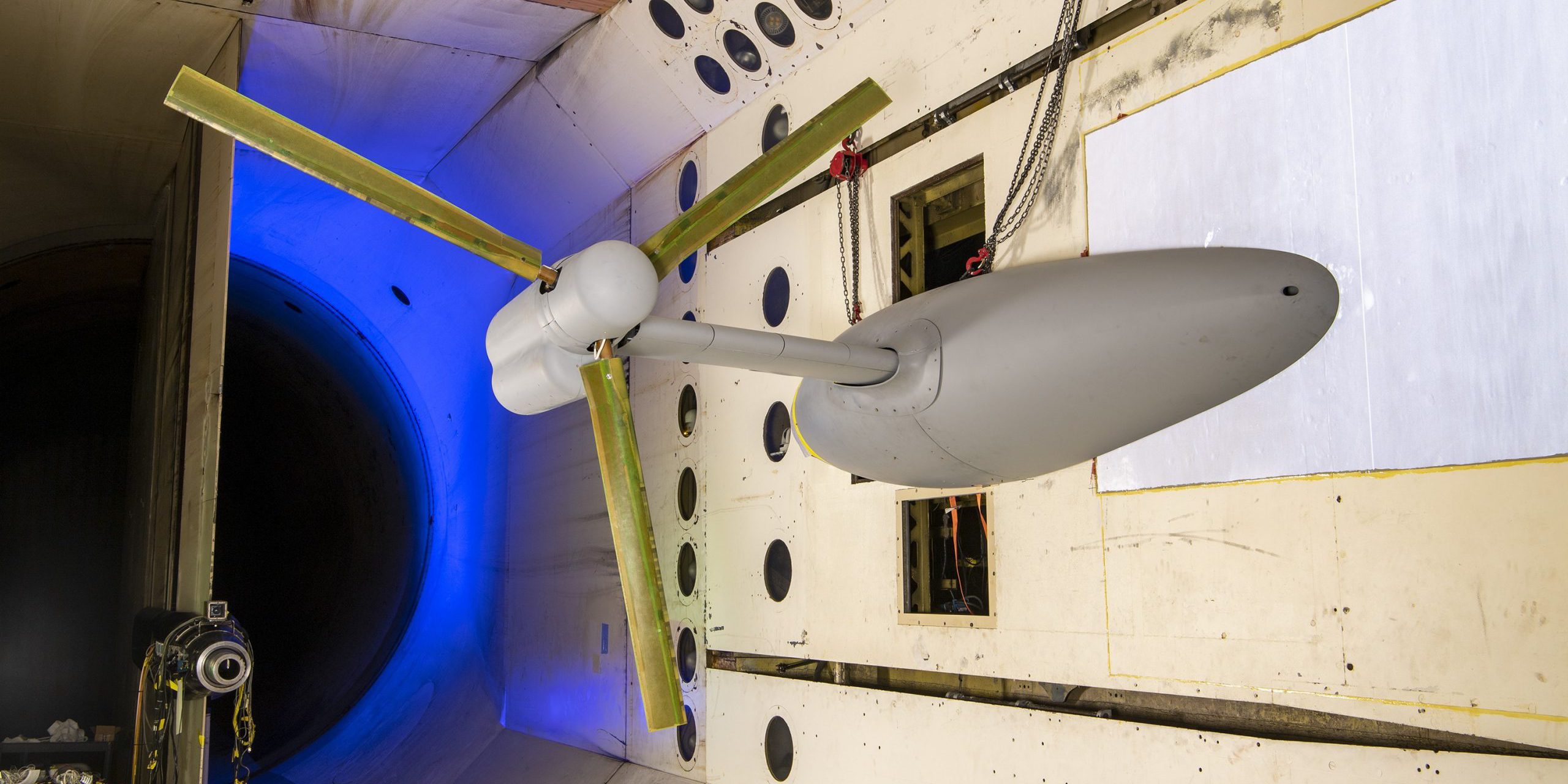NORFOLK, Va. — After more than 3 years in development, a team of U.S. Army researchers and industry partners completed the construction of a testbed that will help to inform the design of future Army rotorcraft.
The team plans to test the TiltRotor Aeroelastic Stability Testbed, or TRAST, in a massive wind tunnel at the NASA Langley Research Center to gauge the effectiveness of modern tiltrotor stability models.
“This research effort is to gain confidence in Future Vertical Lift vehicles that are aimed at a tiltrotor configuration,” said Andrew Kreshock, an Army aerospace engineer at the U.S. Army Combat Capabilities Development Command, now known as DEVCOM, Army Research Laboratory. “Since future vehicles are being developed without wind tunnel testing, this puts more pressure for accurate stability predictions.”
Tiltrotors offer enormous potential for the Army in terms of speed and vertical lift capability. Unlike most aircraft, they can hover in the air like a helicopter or fly forward at great speeds like an airplane, depending on the orientation of their rotors.
The ability to transition between the two modes allows tiltrotors to capitalize on the advantages of both rotorcraft and fixed-wing aircraft, depending on the situation.
“Currently, the max speed of conventional helicopters is around 160 to 180 knots,” Kreshock said. “Tiltrotors can achieve 300 knots. We’re looking at almost doubling the speed of our current fleet and thus increasing our range by almost twice as much in the same flight time.”
But despite its versatility, tiltrotors face severe stability issues due to the placement of incredibly heavy engines with large rotors on the end of the wings.
The interaction between the propellers and the wings can generate a dangerous phenomenon known as whirl flutter, where strong aerodynamic forces cause the airframe structure to shake violently and even fail.
As a result, tiltrotors are difficult to construct properly, and researchers continue to validate tools necessary to predict how different tiltrotor configurations will fare against whirl flutter.


